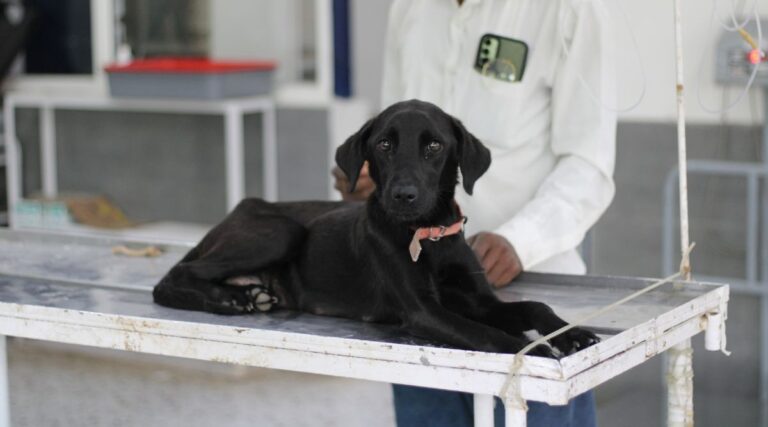Why is training an adopted stray dog important?
Training an adopted stray dog is essential for both the dog’s well-being and the harmonious integration of the dog into its new home and community.
Building Trust with the Adopted Stray Dog
Training an adopted dog helps build trust with your pet and also strengthens the bond between the owner and the dog.
Establishing a routine
The dog also gets accustomed to a daily routine. The training introduces them to a structured environment, teaching them what is expected and providing a sense of security through routine.
Behavioral Issues
Different behavioural issues like fear, anxiety or aggression can be addressed through training. With positive reinforcement, the dog can be more confident and sociable.
Safety of the stray dogs
Training also inculcates discipline in dogs. Helps dogs to walk on a leash and also to interact safely with other dogs and children.
Socialization of the stray dogs
Proper training includes exposure to different people, animals, and environments. Socialization helps stray dogs adapt to their new surroundings and become well-mannered members of society.
Quality of life
Training provides mental stimulation, physical activity, and opportunities to learn. A well-trained dog is often happier and more relaxed.
Training an adopted stray dog demonstrates commitment and responsibility, setting a positive example for others and encouraging them to consider adopting and training stray dogs themselves.
Understanding Your adopted Stray Dog’s Background
Understanding your stray dog’s background is crucial for fostering a healthy and trusting relationship. It helps you to gain insight into the behaviour and health and nutrition needs. It also helps to overcome socialisation challenges that the dog may have.
Knowing the dog’s background helps you to decide what type of training is required for your pet. Spending time with your pet strengthens the bond. By investing time in understanding your stray dog’s background, you can provide the support and environment they need to thrive in your home.
Step-by-Step Guide to Training Your Adopted Stray Dog
Training an adopted stray dog requires patience, consistency, and understanding.
Building trust and creating a bond with your pet is very important. This can be achieved by spending time with your new pet, using a gentle tone while talking and avoiding sudden movements or shouting. Offering treats or praises to reinforce positive interactions.
Set up a routine for the dog. Establish meal times. Also, time for walk and play sessions.
Socialise your pet by gradually introducing them to new people, animals and environment. Reward their calm behaviour with treats and praise. Avoid crowded places at the initial stage. Gradual socialisation reduces fear and builds confidence.
Start training them with basic commands like “Sit” “Stay” and “Stop” and reward them a treat when they follow.
Positive reinforcement goes a long way. Rewards encourage repeated good behaviour.
Young dogs may exhibit habits like chewing, barking or jumping. Provide chew toys to redirect destructive chewing. Exercise regularly to reduce excessive barking or energy.
Leash training is very important. It ensures safety for the dog and enjoyable walks. Use comfortable collars, harnesses and leash. Start indoors, encouraging your dog to walk beside you. Practice commands like “heel” while walking the dog on a leash.
Training a pet dog takes time. Being patient with your pet is very important. Understand your dog and give him time to learn. Stay consistent with rules and routines to avoid confusion for the pet.
Certain behaviours or issues may require expert guidance. Consult a certified dog trainer or behaviourist who specializes in positive reinforcement.
Celebrate small victories with your pet. Every step forward is progress.
Ensure regular veterinary checkups to monitor health and well-being.
Show patience and love—your dog will respond with loyalty and affection.

